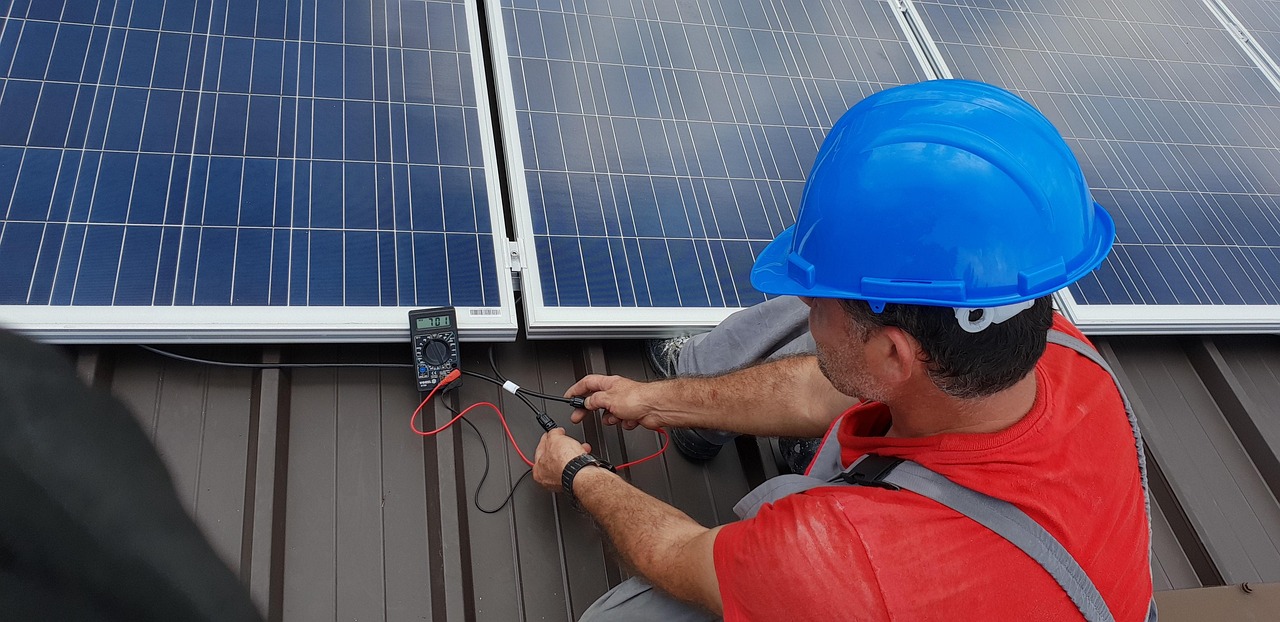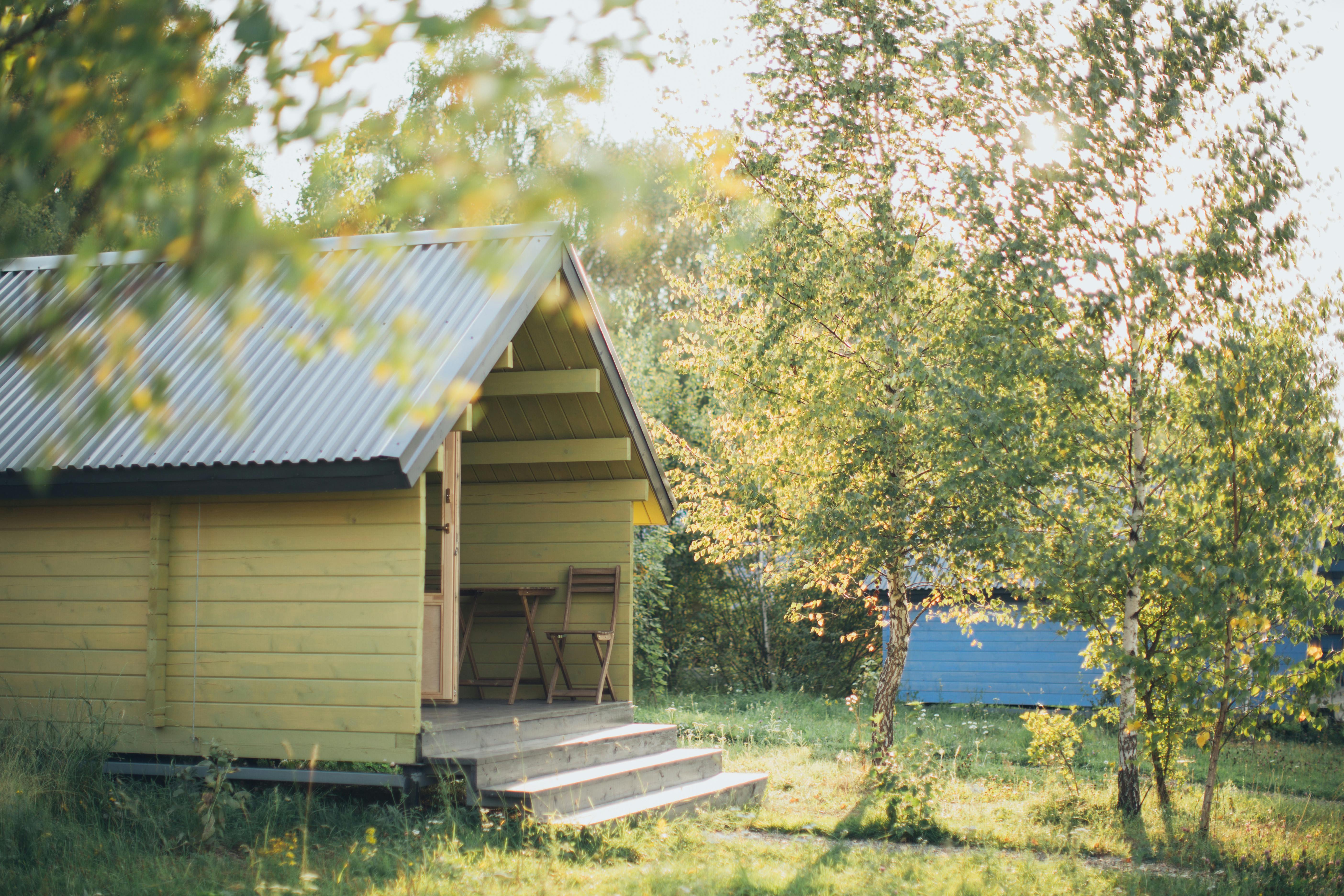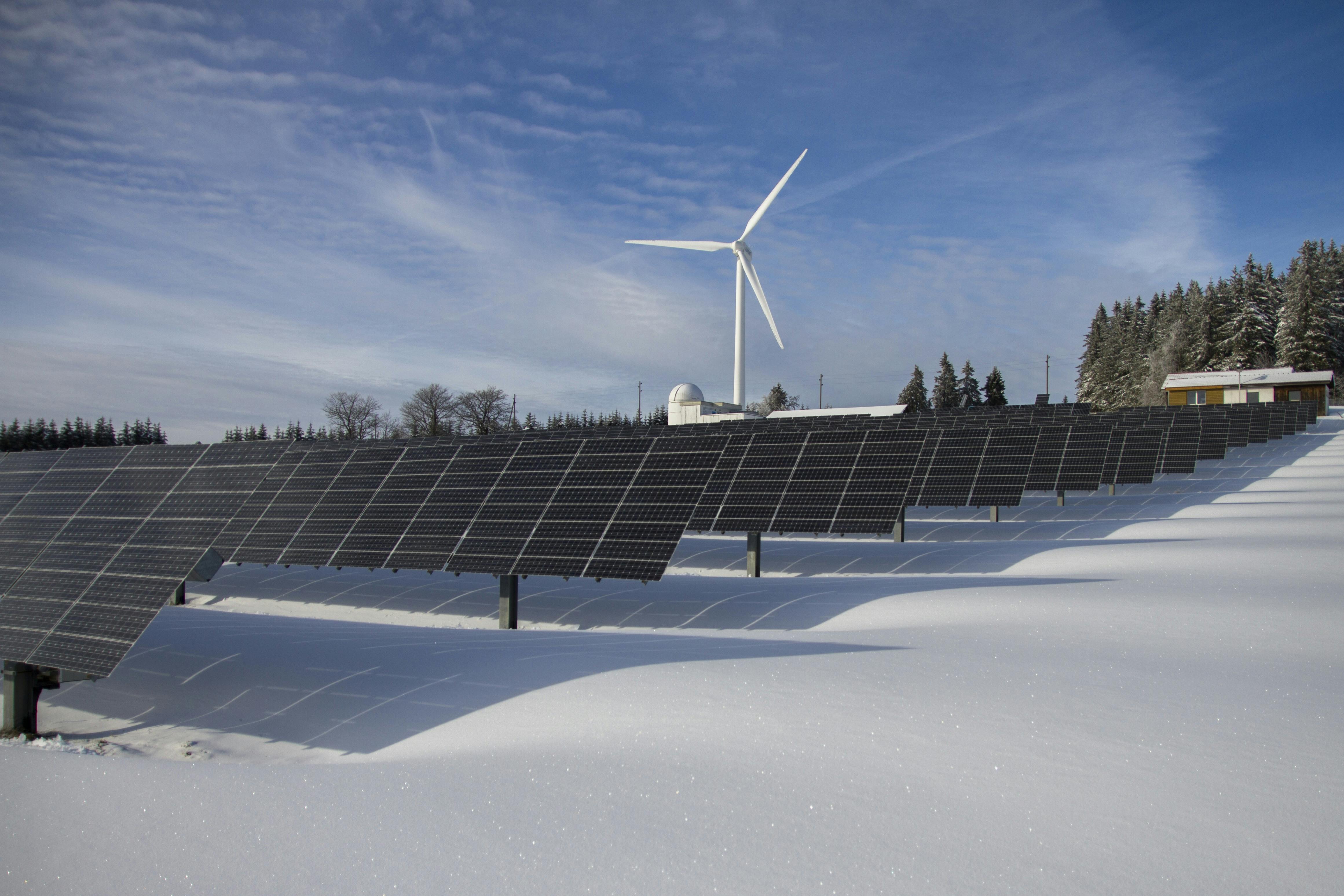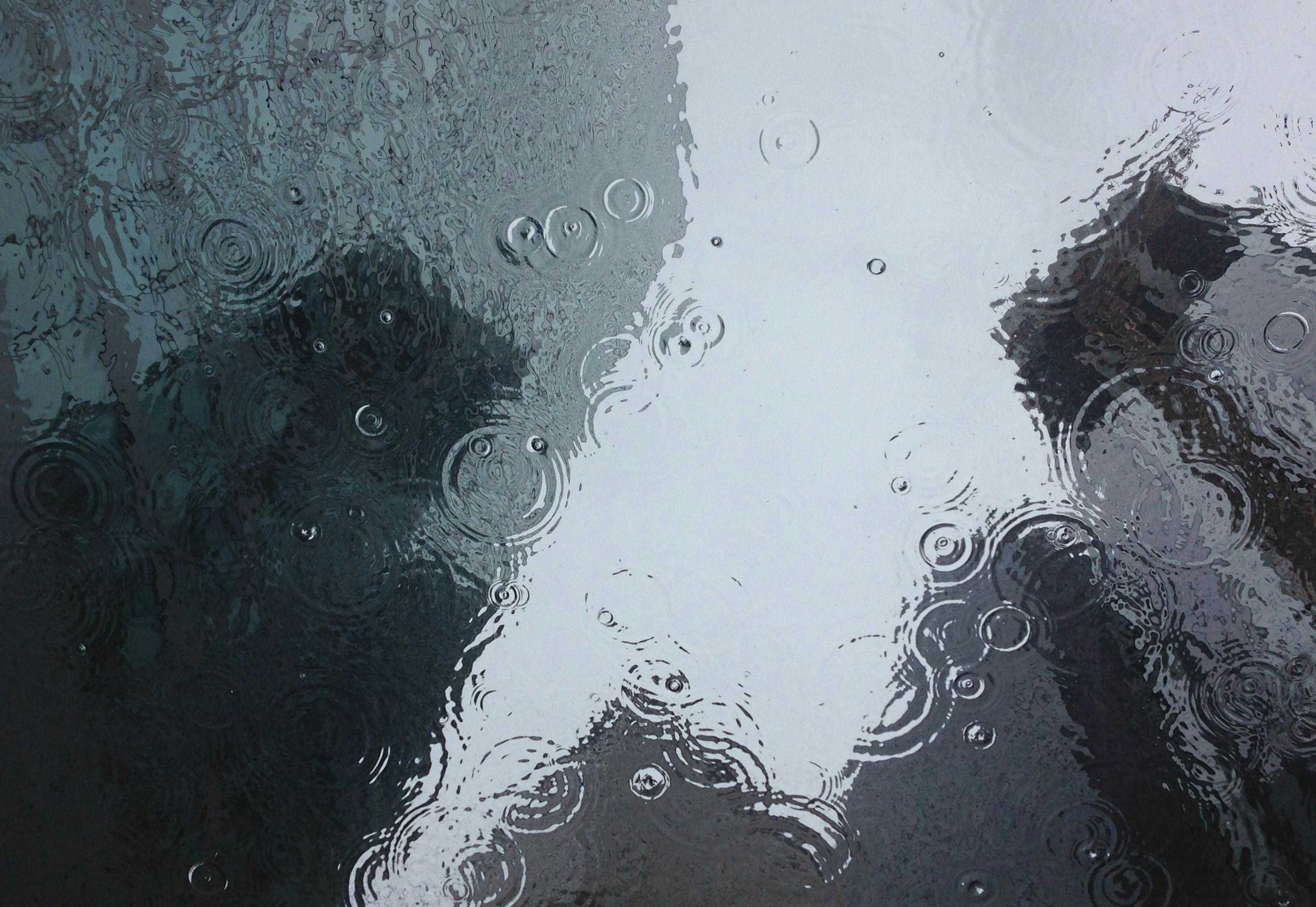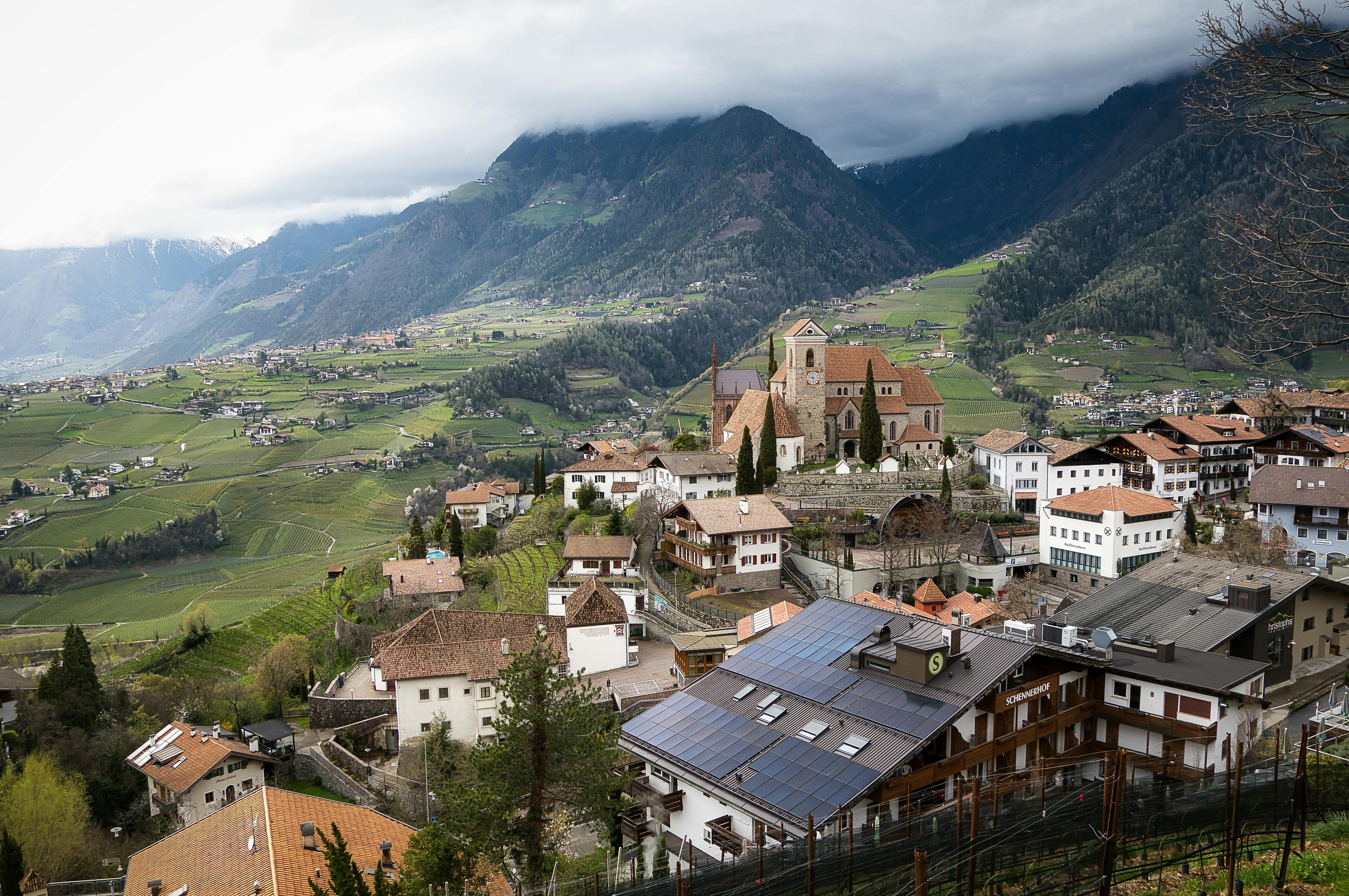Can solar panels withstand heavy winds?
Our guide explains how solar panels are designed to withstand and perform under challenging weather conditions.

Quick Navigation:
- How much wind can solar panels withstand?
- Could flying objects cause damage to my panels?
- Why do solar panels withstand wind so well?
- Can I use solar panels during a storm?
Key Takeaways:
- It is very unlikely that solar panels will blow off your roof. High winds are more likely to damage solar panels due to debris and objects hitting the panels during a storm or particuarly windy period.
- Homeowners need to work with an installation company registered with the MCS to ensure installation is being done correctly, which is the best means of decreasing the risk of wind-related incidents from the outset.
Solar panels are an investment, so it’s understandable you might be worried about their durability. Fortunately, solar panels are designed and manufactured to withstand extreme weather conditions, and to produce good amounts of energy for many years to come. But how much wind can solar panels tolerate and are there any exceptions to this? If you’re looking to learn more about how solar panels withstand heavy winds, you’ve come to the right place.
The solar panels we use weigh around 20kg each, and we will only ever install solar panels if we are absolutely sure that the roof is structurally sound enough to support their weight. We make sure of this by checking when the roof was constructed and examining the rafters to ensure they can support the weight of the array.
It might be useful to know though that if you’re comfortable with people walking on your roof, it should be strong enough to endure the weight of solar panels.
When we attach the panels, we use roofing hooks and brackets designed specially for this purpose, so that we can install the solar panels safely and securely.
How much wind can solar panels withstand?
Most modern solar panels can withstand winds of up to 140 miles per hour. For reference, the wind speed of a category 4 hurricane ranges between 130 to 156mph. The strongest winds recorded in the UK have been high up on mountains, so you needn’t be too worried. There have been reports of strong gusts on lower levels as well, mostly along exposed coastal areas. The Met Office lists the following three instances on their website:
- 123.4 knots (142 mph) on 13 February 1989 at Fraserburgh in Aberdeenshire.
- 107.8 knots (124 mph) on 12 January 1974 at Kilkeel in County Down.
- 102.5 knots (118 mph) on 15 December 1979 at Gwennap Head in Cornwall.
As you can see, you shouldn’t need to worry about your solar panels blowing off your roof even if you do live somewhere that tends to be exposed to a lot of wind!
Could flying objects cause damage to my panels due to heavy winds?
Although your solar panels are highly unlikely to blow off your roof, there is some possibility that strong winds could cause objects to fly onto the panels. But for the damage to be substantial, the wind would need to be travelling at such a speed which the UK experiences very rarely, if at all.
In the rare event of physical damage to your roof as a result of something blowing onto it, the damage is often localised to a few panels. For example, at the National Renewable Energy Laboratory (NREL) campus in Colorado which has a large rooftop array, a severe hailstorm only broke one out of their 3,000 solar panels.
Why do solar panels withstand wind so well?
Solar panels are designed to endure extreme weather conditions. But key to your solar panels being secure in a storm is also that they’re correctly installed to your roof. You should ensure your installer or solar company is registered with the MCS (as MakeMyHouseGreen is), which is the leading solar trade body. This way you can feel confident that your installation is performed correctly.
Recommended guide - How to choose a solar panel installer
Our installers will always choose the right kit to secure the panels directly to your roof. Not only does this keep your panels from blowing off your roof, but it can even provide extra reinforcement. So whether your roof is made of concrete tiles, slate, zinc, or any other material, you can feel confident we will find the right solution for you.
For example, on a standard clay or concrete tile roof, our installers will usually attach the panels directly to your rafters. If this is not possible there’s the option to use specific brackets to still ensure a fully weatherproof installation, while reducing the chance of breaking fragile tiles. This might be the case if you have a slate roof. If you have a zinc roof, on the other hand, our installers might use rails which can fasten directly to the metal roofing sheet using screws.
We also take care to never mount solar panels too close to the edge of your roof. We will always leave a “buffer zone” which stops any wind from coming with great force from along the wall of your house and continuing up underneath your solar panels. This buffer zone provides further protection for your panels and roof, by ensuring the wind speeds are as limited as possible.
Can I use solar panels during a storm?
That depends on whether the storm causes a power cut. If so, you won’t be able to use your panels until the power comes back on. But as long as your solar panels are without damage, you could regain your power as soon as it does.
In fact, rain and cool weather may not always be a bad thing for your panels. Panels may perform more efficiently at cooler temperatures while the rain will wash any debris and dirt off the solar panels and ensure they are working at full capacity. You can learn more about what it’s like to have solar panels in the UK, with our sometimes gloomy weather, in our guide about how you know whether solar panels are right for you.
Ready to see what you can save?
Our solar calculator is 100% free to use. Enter your postcode below to get started.

Based on 400+ Trustpilot reviews

